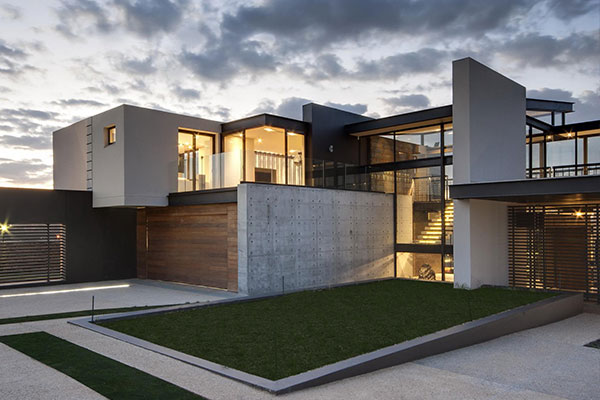Thermo House
 If you have decided to build a house, you will definitely have a question of what to build? What building materials to choose?
If you have decided to build a house, you will definitely have a question of what to build? What building materials to choose?
If you have decided to build a house, today it is easy to get confused in the huge range and variety of materials that are presented in the construction market.
With the help of this site we will help you explore the question "What is ThermoHouse?" and "Why in recent years, the number of houses built on this technology is growing, almost with geometric progression?"
History:
Today’s ТERMODOM technology developed from PLASTBAU technology that appeared in Italy as back as in the 70ies of 20th century. In 1976, in Germany the company Renova-Termodom started production of thermal blocks. This technology showed good results in Germany and then started to expand globally, and now it reached Ukraine.
Ukraine was the first CIS country that in January 1995 adopted the State Building Code, which regulates all issues related to the construction of houses with polystyrene blocks of permanent formwork (DBN B.2.6-6-95). According to the currently valid norms the construction of THERMOHOUSE in Ukraine is allowed up to the height of 5 floors inclusive.
In Germany, the building regulations allow the construction of up to 22 floors using this technology, and in Russia and Georgia - up to 9 floors. In addition to the above countries, Termodom technology is popular in the USA, Canada, Israel, Holland, Finland and many others. In Bulgaria for example the owners of the houses built with the use of thermodom energy saving technology are released from paying the land tax for the period up to 15 years.
In Ukraine Termodom technology becomes more and more popular each year. Proof of this was the awarding of the honorary title "Best Building Technology" to our products in 2004 during the participation in the prestigious competition "Building Technology - 2004".
This technology can but impress by its simplicity, cost-effectiveness, and results.
TERMODOM is a house, the walls of which are made of lightweight polystyrene blocks. Such blocks are called thermoblocks and are, in fact, fixed formwork. Filled with concrete, they form a monolithic wall 150 mm thick, insulated on both sides with polystyrene foam 50 mm each.
The THERMOBLOCK is the basis of our Termodom building technology. It consists of two polystyrene boards connected with each other by a plastic or similar polystyrene foam lintel.
It performs several important functions:
- serves as a permanent formwork for the concrete, which greatly simplifies the construction process;
- serves as a heater of the wall on both sides and gives it unique insulating properties;
- allows significantly reduce the cost of construction.
The use of technology TERMODOM is:
- reduced construction time;
- economy during construction of foundation;
- economy during the construction of wall structures;
- the strength of the structure;
- reduced labor costs when installing walls;
- high thermo-technical characteristics of the walls.
Individual residences, cottages, multi-storey buildings, cascade apartment buildings, administrative and public buildings, industrial workshops and warehouses, swimming pools and refrigerators - this is not a complete list of objects that can be built using Termodom technology.
- Energy efficiency: high insulation from both sides plus monolithic concrete core;
- Speed: a “construction set” house can be built in just a few weeks;
- Lightweight: wall weight is 360 kg/m2 compared to 960 kg/m2 for brick;
- Strength: factory-made reinforcement and concrete, supports heavy loads (up to 70–80 kg per anchor);
- Durability & eco-friendliness: polystyrene does not rot, doesn’t support combustion, and is environmentally inert.